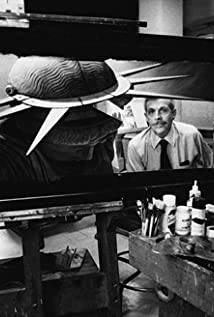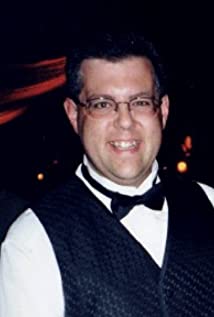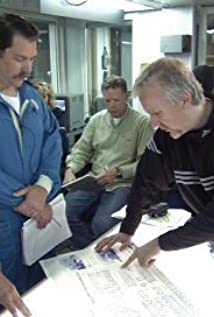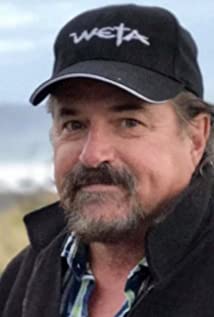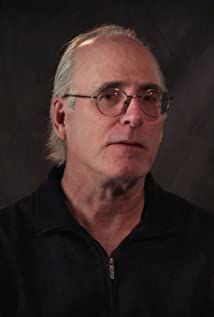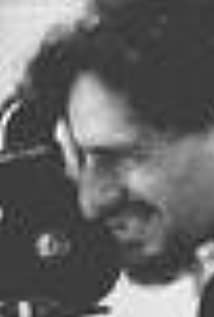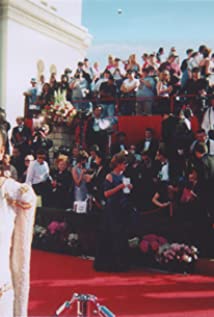Does Albert Whitlock Dead or Alive?
As per our current Database, Albert Whitlock has been died on 26 October, 1999 at Santa Barbara, California, USA.
🎂 Albert Whitlock - Age, Bio, Faces and Birthday
When Albert Whitlock die, Albert Whitlock was 84 years old.
| Popular As |
Albert Whitlock |
| Occupation |
Visual Effects |
| Age |
84 years old |
| Zodiac Sign |
Virgo |
| Born |
September 15, 1915 (London, England, UK) |
| Birthday |
September 15 |
| Town/City |
London, England, UK |
| Nationality |
UK |
🌙 Zodiac
Albert Whitlock’s zodiac sign is Virgo. According to astrologers, Virgos are always paying attention to the smallest details and their deep sense of humanity makes them one of the most careful signs of the zodiac. Their methodical approach to life ensures that nothing is left to chance, and although they are often tender, their heart might be closed for the outer world. This is a sign often misunderstood, not because they lack the ability to express, but because they won’t accept their feelings as valid, true, or even relevant when opposed to reason. The symbolism behind the name speaks well of their nature, born with a feeling they are experiencing everything for the first time.
🌙 Chinese Zodiac Signs
Albert Whitlock was born in the Year of the Rabbit. Those born under the Chinese Zodiac sign of the Rabbit enjoy being surrounded by family and friends. They’re popular, compassionate, sincere, and they like to avoid conflict and are sometimes seen as pushovers. Rabbits enjoy home and entertaining at home. Compatible with Goat or Pig.
Albert Whitlock was one of the most skilled matte artists in the history of motion pictures, with his work seen in more than 500 films and television shows. His very long career began in London in 1929, when, at the age of 14, he was a fetch-and-carry fellow at Gaumont Studios.
He went on to build sets and worked as a grip. Trained as a sign painter, Whitlock began a life-long association with Alfred Hitchcock, doing all of the signs for The 39 Steps (1935) and then assisting in the miniature effects for The Man Who Knew Too Much (1934).
The two maintained a close personal and professional relationship, working together upon several films through Hitchcock's final film, Family Plot (1976).During World War II Al started doing matte work.
His first solo glass shot was a ballroom scene appearing in The Bad Lord Byron (1949). He apprenticed alongside Peter Ellenshaw, under W. Percy Day (aka Pop). Admiring Al's work done within Walt Disney's British studio in the early 50s, Walt Disney, convinced Al to re-locate to America.
Upon doing so in 1954, his first work was designing the titles for 20,000 Leagues Under the Sea (1954). Ellenshaw had preceded him, and was in charge of the Disney matte department.At Disney, Whitlock successfully mastered his impressionistic approach to matte painting.
Like the works of French Impressionism, they are not detailed upon close inspection. However, on the screen they are very realistic. He remained at Disney for seven years, helping with the design of Disneyland as well as film work.
Moving to Universal in 1961, and would head up the matte department there. Many considered Al the greatest master of the matte starting from this time to his retirement. He efficiently aided film productions by being able to supply masterful effects for films varying greatly in budget, often taking very little time to do so.
His effects for the $10 million feature The Hindenburg (1975), cost just $180,000 (Paramount spent more than $20 million for the special effects on Star Trek (1979) just four years later). Like other matte artists, he blocked-out parts of shots into which the painting was inserted.
However, Al developed a trademark technique of doing it all on the original negative, so his matte work was all first generation. The original negative of the live action was left undeveloped except for a portion used to guide the creation of the matte painting.
The painting was then exposed on the negative and combined with the original photography. He also typically added moving elements such as clouds or waves to give more life to mattes (a skyline of Manhattan from an aerial perspective in The Hindenburg (1975) is a good example of this).
The opening shot of 1930s Chicago in The Sting (1973) incorporated an elevated train into a skyline matte painting with live-action traffic, buses and pedestrians. For the dust-storm sequence in Bound for Glory (1976), three large balls of cotton dyed the color of dust were mounted on cardboard and rotated at different speeds.
Portions of each matte were half-exposed, once with dust moving toward the camera and then with it moving away from the camera. This produced the effect of eddying dust.After all the other studios closed their matte departments, Universal frequently loaned out Whitlock and his staff.
Working with director of photography Conrad L. Hall, Whitlock produced matte paintings for the climactic scenes of The Day of the Locust (1975) at Paramount. Mel Brooks gave Al the chance to act in High Anxiety (1977) and cast him as a used chariot dealer in History of the World: Part I (1981).
Whitlock retired from Universal in 1985, but continued working on occasional productions for a few more years.
Albert Whitlock Movies
- Earthquake (1974) as Visual Effects
- Dune (1984) as Visual Effects
- Marnie (1964) as Visual Effects
- The Andromeda Strain (1971) as Visual Effects
Albert Whitlock trend

